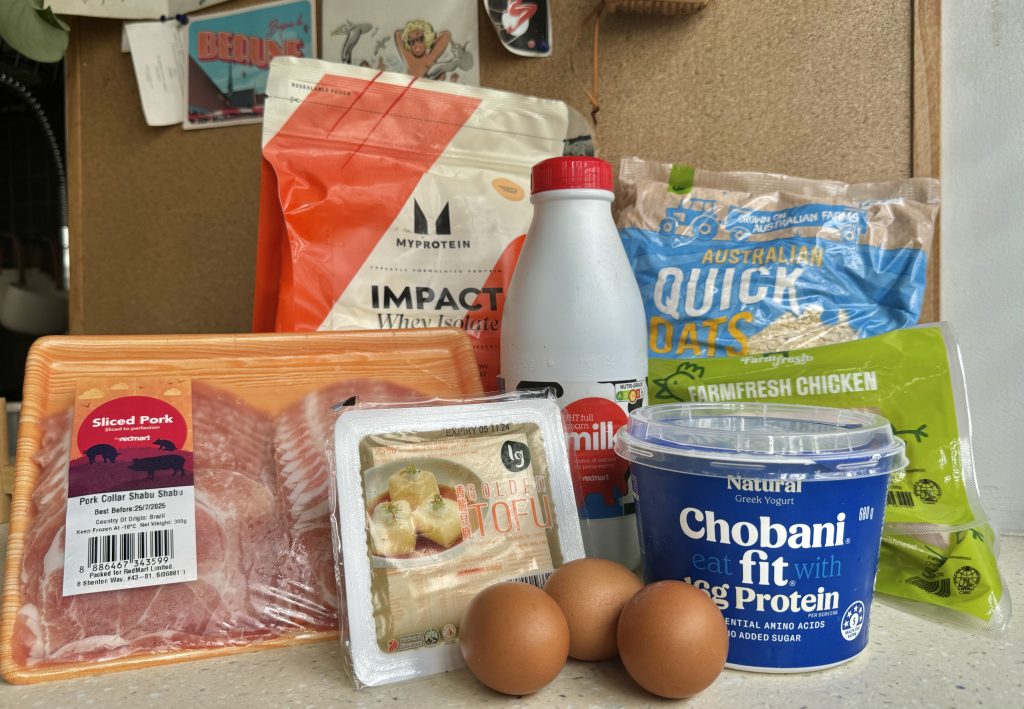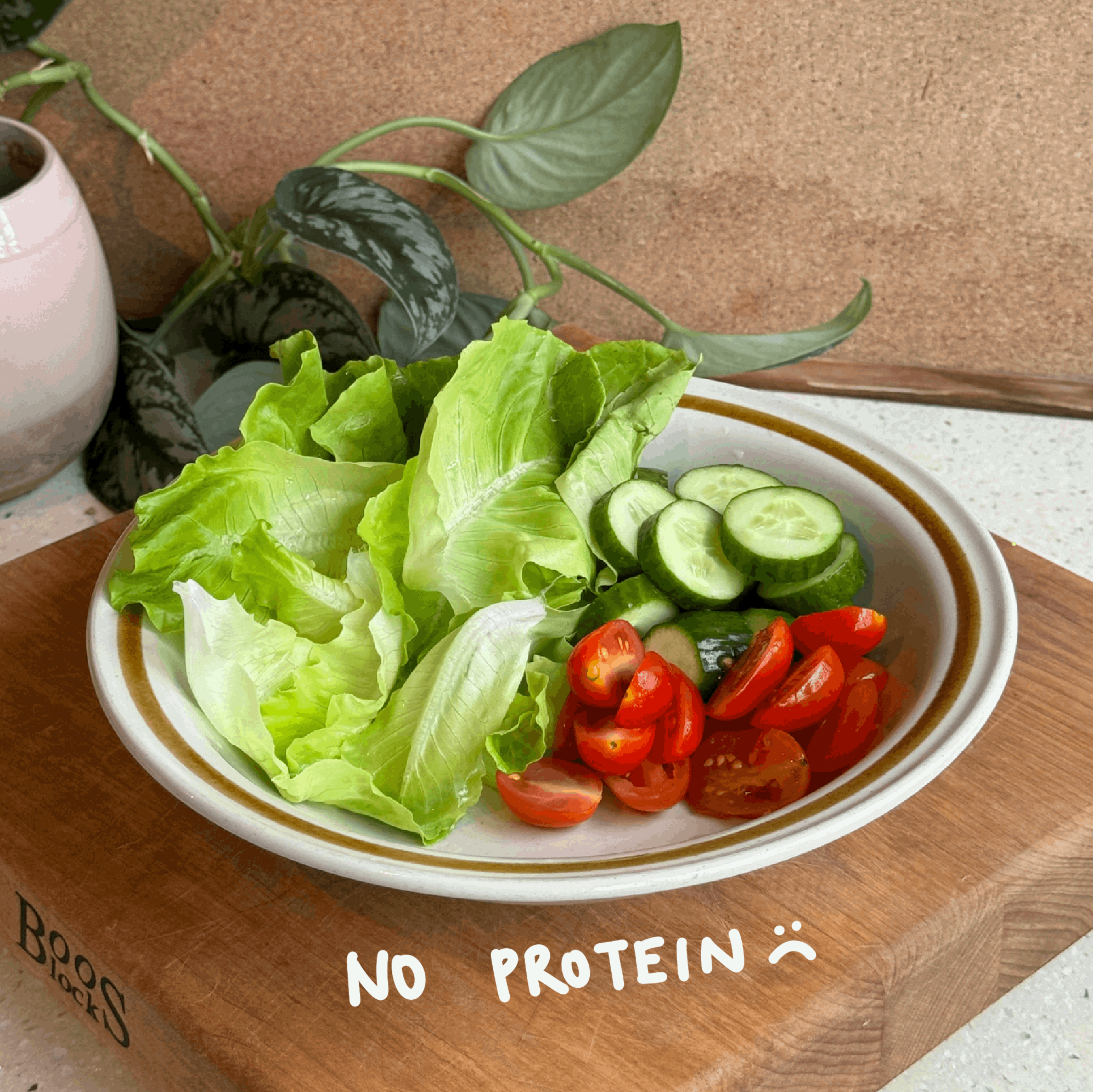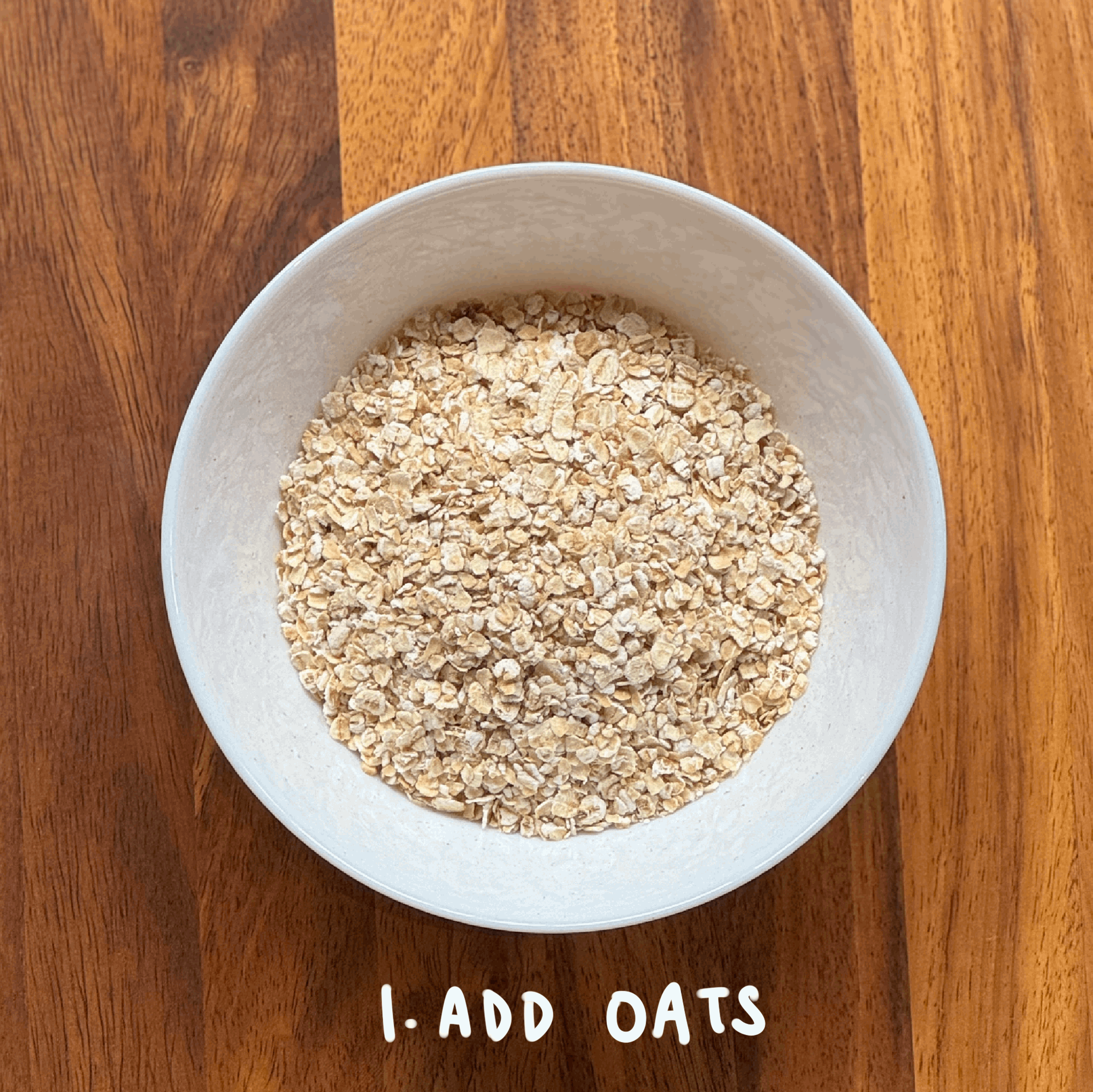
Enter you, the Hygieia lifter. You’ve been training for some months, seeing the bar’s weight increase workout after workout, and things have started to feel heavy. The bar speed slows down set after set, and every second of your rest between sets starts to matter much more than during your first week.
During a discussion about recovery strategies outside the gym, your coach asks, “How much protein are you eating in a day?” You panic a little, and start to wonder if breakfast this morning contained any protein at all. In fact, it gets worse: you actually skipped breakfast because you had to work early today, then you realise that you have a habit of missing meals frequently.
You avoid the coach’s question with a retort, “But, coach, I ate so much on Monday and Thursday! More than usual!”
For all three meals on both days? Or just for dinner after your training? Was it two extra bites of chicken? Or did you eat a whole steak? If your answer is not the steak, that’s probably not enough. Trust us coaches when we say we know that your muscle bellies are growling for protein.
So why would your coach even care about your protein intake?
Other than turning up for training and consistently maintaining good sleeping habits, hitting your protein intake is just as important to help with efficient recovery, and therefore, progress in the gym. While it is important to manage your total calories, you should do so while building sustainable habits that focus on the muscle’s macro.
Let me introduce a simple concept: The Daily Egg
Think of every portion of protein represented by an egg. Start with an easily achievable goal of sneaking an extra egg into your one of your meals once a day. Once that habit of one egg a day is embedded, slowly ramp it up. From daily egg, two eggs, and eventually in every meal:

That’s a lot of eggs! Time to break the monotony. First, choose a few protein sources you’d like to include regularly each week, and find out how much protein they contain per 100 grams. Next, establish portion sizes suitable for you. Below is a small selection of my favourite options:
| Protein source | Protein per 100g | Base line per portion | Protein per portion (g) |
| Rolled Oats | 13.3 | 75 to 100g | 10 to 13 |
| Chobani protein yogurt | 10.1 | 100 to 150g | 10 to 15 |
| Milk | 3.3 | 1 cup (350ml) | 11.5 |
| Egg (60g) | 10 | 3 eggs | 18 |
| LG Semi-soft Tofu | 9.1 | 100 to 200g | 9.1 to 18.2 |
| Chicken breast (cooked) | 30 | 100 to 200g | 30 to 60 |
| Lean pork (cooked) | 30 | 100 to 200g | 30 to 60 |
| TrueProtein whey isolate | 85 | 30g scoop | 25.5 |
From this list, I’ve put some these components together to create simple meals in increasing protein content for breakfast, lunch and dinner:



Working within this framework helps me with maintaining a daily minimum of 104g of protein, and with options to max it up to 200g, solely within the meals. It also helps me understand the protein density I am getting out of every meal, and how I can scale it up according to my needs.

Enjoying the Process
Food takes time and effort, that I am well aware of. No one wants that to be a daily time sink in everyone’s tight schedules, so make use of methods and recipes that help you save time.
Overnight oats take only a minute to assemble, and you can do that right before going to bed. Chicken can be poached weekly in bulk and stored in the freezer, defrosted and shredded when needed. Jammy eggs – 7 minutes in the boiling pot straight from the fridge. While some cooking is required for the Japanese dinner, the miso soup takes less than five minutes over gentle heat on the stove, and the pork dish is cooked within that same five minutes.

If you run out of ideas and need more variety, a quick search on YouTube and some casual viewing should provide you with inspiration. Or, just ask me. I used to be a chef and would be glad to share a trick or two about cooking.
Remember that it’s also alright to fall a little short on your protein once in a while. Life events will often force us to eat outside of our plans. One thing is for sure: if seeing the bar’s weight go up is important to you, it is your responsibility to put time and effort into feeding yourself according to your program. You just have to try to fit these eggs into your days, within meals, between meals, in a beverage.
Do your best to hit a minimum, even if it’s just one egg. So, start with that daily egg, stay consistent, and results will likely follow.

